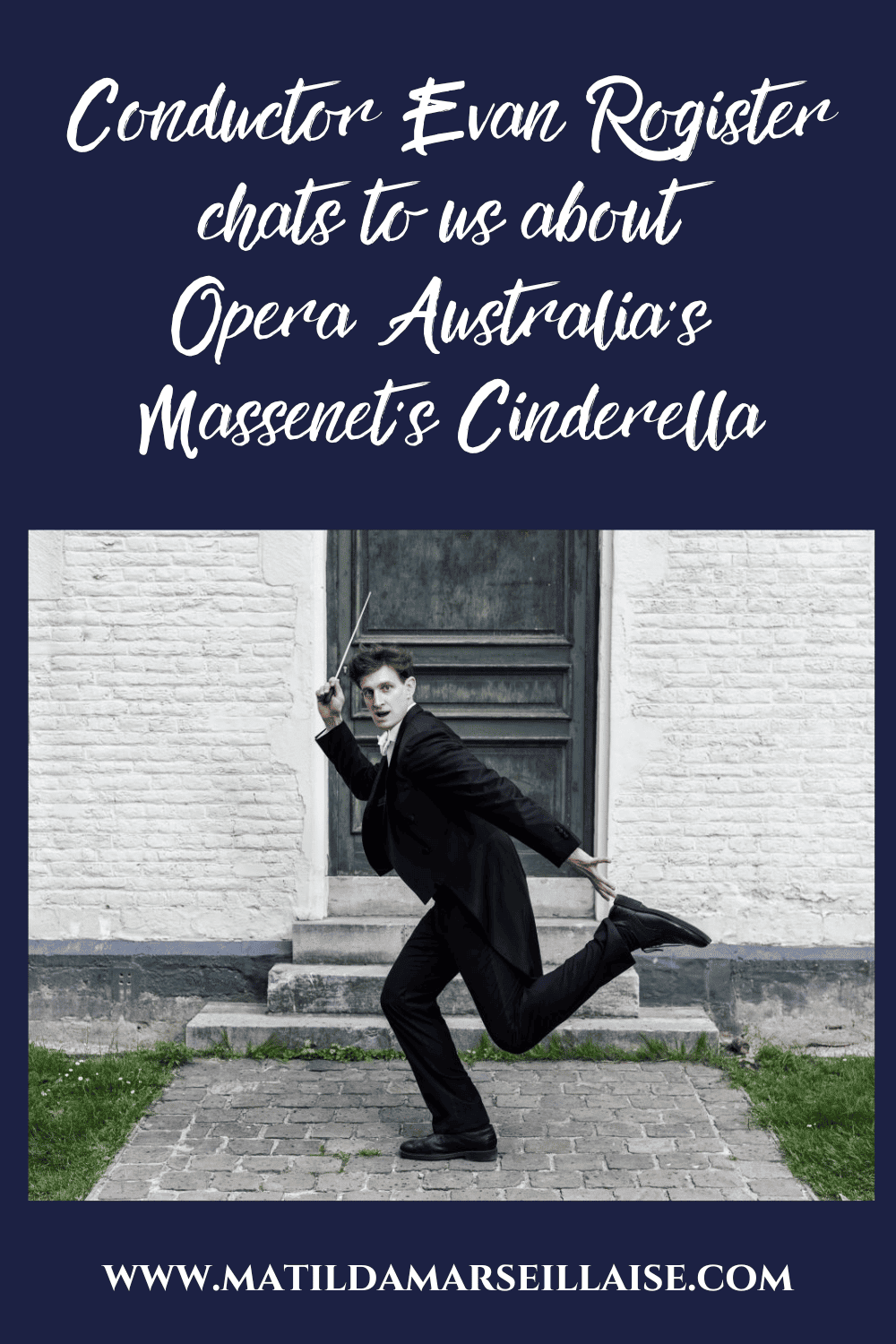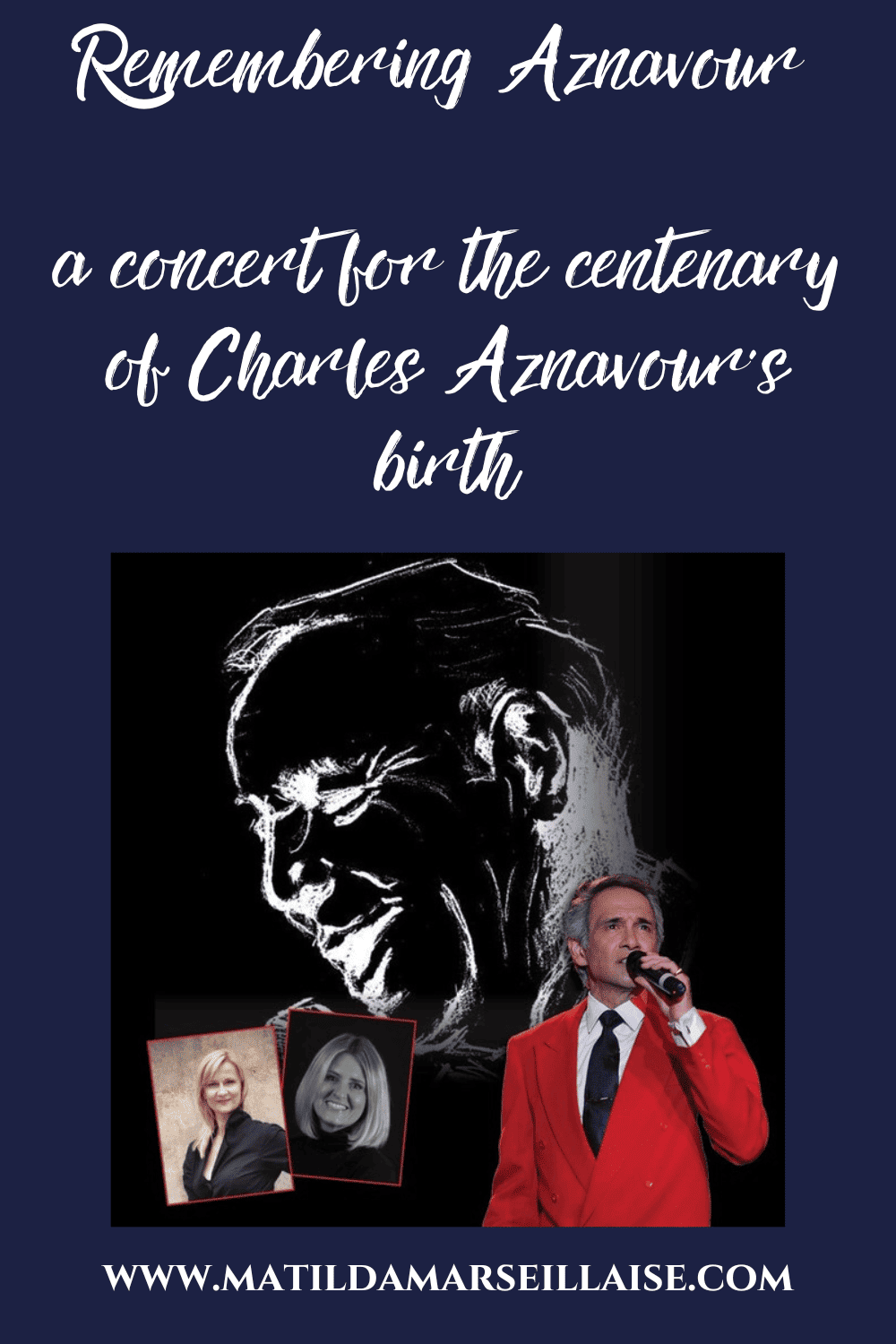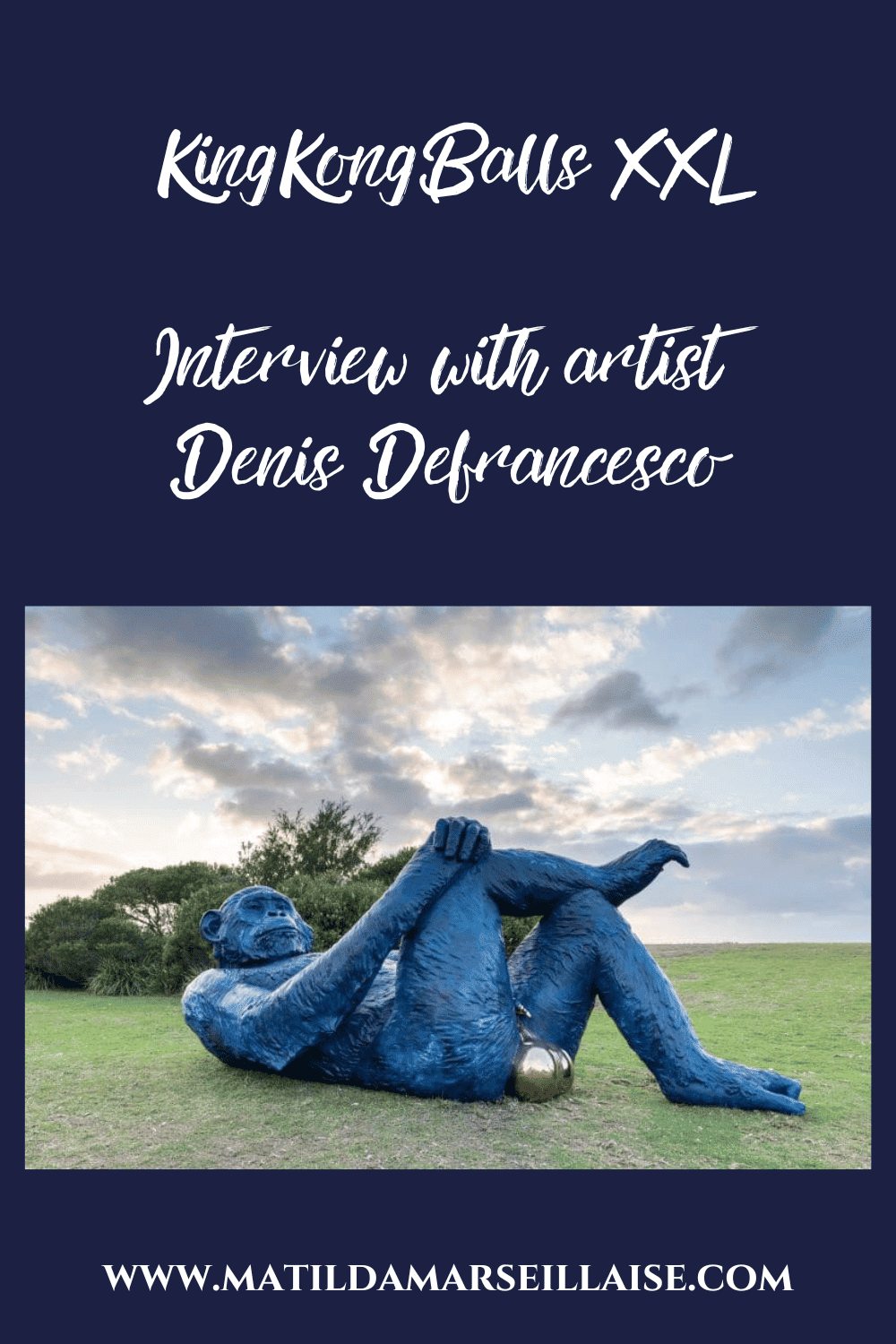She-oak and sunlight: Australian impressionism is an exhibition, which is currently showing at the NGV. It contains more than 250 works and is on show until late August. Sophie Gerhard is the Assistant Curator of Australian Art to 1980 and Assistant Curator on the She-oak and sunlight exhibition. We had a chat to her about her curatorial role, Australian impressionism and the exhibition.


Assistant Curator of
Australian Painting,
Sculpture and Decorative
Arts, NGV, inside She-Oak
and Sunlight: Australian
Impressionism on display at
The Ian Potter Centre: NGV
Australia from 2 April – 22
August 2021.
Photo: Eugene Hyland
Sophie Gerhard, could you tell us a little bit about your role as the Assistant curator of Australian art to 1980, as well as your curatorial role on the She-oak and sunlight exhibition?
I’ve been at the NGV for about two and a half years now and my responsibilities are to assist with the production of exhibitions, but also in the maintenance of the collection.
For temporary exhibitions, I’m there really right from the start. I was really fortunate to be given up quite a major role in the exhibition doing a lot of research and writing of labels. I wrote two essays for the exhibition catalogue. It’s a learning opportunity to get my curatorial skills underway and as I said, this show was so big that there was lots to learn.
I can imagine. What made you decide to move into a curatorial role?
I tried to do the whole going down the art route. I did a year of studying fine art at university and quickly sort of discovered that it wasn’t for me.
So in terms of making art, is that you studying art to make art yourself?
I started studying painting but moved onto study art history. And that’s the bridge to going into curating. Art history is really such a strong passion of mine. And I think that it’s an important love if you are a curator because research is such a big part of the job. I actually have wanted to be a curator from a pretty young age, so I’m fortunate to be where I am.

Photo: Getty
Ok, so when you were in school, you knew you wanted to be in this role?
Well, I didn’t really know what a curator was, but certainly like when I was 18, at my first year of university, that was when I discovered that I that was that was sort of when I learned what a curator was. And I think that the profession has changed so much even in the last ten years. It’s become a lot more specialised. Yeah. So, yeah, that’s about that.
Become specialised in terms of?
Oh well I think it depends where you work really and how big the institution is. If you’re a curator of a smaller gallery, your role is so far stretched. It comes with researching, but also exhibition management and design and installation, all of those things are encompassed within the curatorial position at a smaller gallery. In State galleries, the role is so specialized, we all have our major topics that we like to talk about. There are seven or eight curatorial departments and within those departments is 3 or 4 curators, each with a sort of specialized fields. And we all kind of know who to talk to about different topics.
So, in terms of specialties then, did you choose your specialty of Australian art to 1980 or was that kind of just the position you currently in?
I was really fortunate. It was sort of exactly where I wanted to go. In my undergraduate degree in art history and museum studies. I wrote my thesis on Australian national identity in Australia’s art galleries. And in Masters Art Curating I did my thesis on, again, national identity and so I always knew that I wanted to focus on the sort of Australianness of our collections, the Australian story that the collections try to emit. And so, yeah, when the Assistant Curator job in Australian art came up, it was definitely the right fit for me. And not only that, I wanted to work in historical art as opposed to contemporary art. So, I was really fortunate in that position came up. It was pretty up my alley.

Photo: Tom Ross
It was made for you! That leads quite nicely into the She-oak and sunlight exhibition. It shows more than two hundred and fifty artworks drawn both from major public and private collections, including the NGV’s own. How many years is it taken to put an exhibition like this together?
So this exhibition was in the works as I came into my role two and a half years ago. But it was when I started that it really began to gain momentum. I was working on it consistently for two years before the show started. And I think for about a year before then, there were conversations happening. So, it takes around three years for these big shows to get on their feet.
And in regards to the artworks that were drawn from private collections for the She-oak and sunlight exhibition, were they uniquely Australian held private collections or are there Australian impressionist works held overseas?
There are Australian impressionist works overseas, but none within the exhibition. They are all Australian based, which is extremely fortunate in the end with COVID. So, it took about a year just even trying to figure out where all of these works were in the country. You have to go through piece by piece and look back through exhibition records and auction catalogues.

Australia 1856 – 1931 She-oak and sunlight 1889
oil on wood panel
30.4 × 30.1 cm
National Gallery of Victoria, Melbourne
Jean Margaret Williams Bequest, K. M. Christensen and A. E. Bond Bequest, Eleanor M. Borrow Bequest, The Thomas Rubie Purcell and Olive Esma Purcell Trust and Warren Clark Bequest, 2019
The She-oak and sunlight exhibition shows works from a large number of Australian impressionists, some we’ve obviously heard all along the lines of Tom Roberts, Arthur Street and Charles Conder, John Russell but also some lesser-known artists. Were the Australian Impressionists, kind of a group that hung out together like the French ones were?
They certainly were. They all had their key relationships. But one of the important threads of this exhibition is to interrogate that and to have a look at it. The curator, Anne Gray is very interested in these relationships, and she’s always talking about how none of the impressionists were in the same place at the same time. So three might have been working in Victoria, Tom Roberts would leave and go to Sydney, where he’d meet Condor and he’d be introduced to Julian Ashton. Those 3 would work together for a while.
And then, E. Phillips Fox is in Box Hill working with Jane Sutherland and the others, and then the Charterisville School of Art came about. So they all definitely knew each other but actually they were never all together at the same time. A lot of them went to Europe at some point in their career. Another time when relationships were formed and met, a lot of them at art school, at the National Gallery School in Victoria. So, we really were really trying to build these personal relationships and have a look at the kind of map of their friendships as well in the exhibition.
You mentioned that they travelled some of them have travelled to Europe. Was that during the impressionistic period? Is that where they go, I guess, caught wind of the impressionist movement?
Yes. So Roberts was the first person to head over to Europe and he was there for five or six years. And he gets back in 1885. So, while he was over there for that half decade, that was when he was introduced to the principles of working en plein air and the quick rough sketches that were happening during the European impressionist phase.

Photo: Tom Ross
And it was when he was on a trip to the Alhambra in Spain that he met a couple of Spanish artists, Ramón Casas was one of them. Casas did this really quick portrait of Robert sitting outside of the Alhambra. And that was sort of the first meeting point, I guess, between Roberts and the impressionist movement. He was blown away that this portrait was completed in one sitting outside. And so when Roberts comes back to Australia, he brings back these techniques and principles and teaches his friends, and that’s sort of the birth of the movement across here.
From there, many of the Australian impressionists did sojourn in Europe. So we’ve got Iso Rae, for example spent time in France, as did Florence Fuller, May Vale and Violet Teague.
We are seeing these European influences come in and out of the whole sort of trajectory of the movement. It was a bit later on when they went across and discovered Whistler, who obviously had an enormous impact on the movement back across here. And John Russell, of course, he was over there for such a long time. So in the show, this international context is so important to extending this narrative of the movement in Australia. So, we have the French influenced room within the show that we see a lot of these influences taking place.
So at She-oak and sunlight there’s a French influenced room and there’s also the exploration of the key relationships between the various Australian impressionists. Are they all themed rooms through the exhibition?
It’s a thematic and loosely chronological hang. So, we open up with the precursors, so we have some Buvelots, just to show what it was like in Australia beforehand. And then we move into this portrait section where we have a whole dense mass hang of portraits of the Australian impressionists and by the Australian impressionists. Most of the artists in the show are on this wall. It’s sort of like the introduction to the cast of characters.

Photo: Tom Ross
Yes, it’s quite nice to see the faces of the people behind the paintings.
Because friendships and relationships are so important to the curator. It was really nice to start the show off in this way. That room is called Friends and Rivals. So, then we walk through the camps, we’ve Box Hill and Darebin Creek and Mentone and whatnot.
Then we have a really small room, that is a sort of thematical recreation in a sense of the 1889 Nine by Five exhibition, which was obviously a pivotal exhibition that was held on Collins Street in Melbourne. One of the other themed rooms in the show is the Charterisville School of Art room, which was a school that was on the Ivanhoe at the turn of the century, and that was a school run by E Philips Fox and David Davies. So we’ve got some fantastic works that were created in that school.
We’ve also got a small room devoted to Whistler and his influences. And then the French Impressionism influence room. We’ve got a lot of artists, Australian artists that went overseas to France, but also a lot of French artists so we’ve got a Monet and a Sisley painting within that space too.

Photo: Tom Ross
And then the show finishes in another thematic room that sort of has two themes that run along side by side. Firstly, the majority of the room is focused on Australian narratives, and it has these really blockbuster iconographical paintings that were Shearing the Rams, The Pioneer, A break away – all of these works that were created at the time to touch upon a building sense of national identity that was extremely important within non-Indigenous society at the time in Australia. But then alongside those paintings, we have put five works on paper by Wurundjeri artist, William Barak, and he was an artist working at the same time and also in Victoria. The pairing here is to sort of remind our audiences that even though non-Indigenous artists were working towards a sense of national identity within these paintings, there was most definitely a very important national identity that had already been established for over 60,000 years by that point.

And also to these Australian impressionists are so often connected with what it looks like to be Australian, like the sheep shearer, for example, and the pioneer narratives. And so, again, it’s just a reminder for audiences that that is just one aspect of what Australian national identity looks like.
And that’s important as well, something that can often kind of get forgotten about in some of the exhibitions. What’s your favourite piece in the She-oak and sunlight exhibition?
My favourite pieces in the show would definitely be work from within the French room. There are just some divine works in that space and probably the Charles Conder Hayfields of Giverny. It’s just a wonderful painting. I just love the palette. I love the feel. I love everything about it. Also, Iso Rae’s Young girl, Étaples, which is a really recent acquisition by the NGV from 2020. That’s a really exciting new addition to our collection. That’s fantastic. To have her own show in this room. So probably those two works.

Medium oil on canvas Dimensions 60.3 x 73.5 cm
Gifted to mark 50 years of giving by M.J.M. Carter AO Collection through the Art Gallery of South Australia Foundation 2016. Donated through the Australian Government’s Cultural Gifts Program Signature and date Signed and dated l.r. corner, oil “C. CONDER. 94” credit
Photo: Saul Steed
How would you say that the paintings that are showcased in the She-oak and sunlight exhibition would be different to French impressionist paintings?
It’s a funny thing because so many of the Australian impressionist paintings are not technically impressionist works. I mean, Shearing the Rams – it’s not an impressionist painting, even though it was completed by Tom Roberts within the same decades, you know.
What they have in common is portraying a sense of life that was happening at that point in history, and so the French works were outside capturing these wonderful bourgeois society, people promenading, market squares, a lovely way of life. And across here, we had such a different atmosphere and such different lives for the people that were living in Australia at that time. So even though both types of impressionism are outside and capturing the landscape in these quick, painterly gestures, there are so many similarities when it comes to the sort of physicality of the works, but the themes that are captured are completely different. We’ve got McCubbin in dense bushland at the same time that Monet is painting the cliffs at Belle Ile. So, I think that the key differences are the themes, the things, even though they were sort of striving for similar things.

You mentioned that the shearer isn’t technically an impressionist work. Is that because it’s not in the style of or just because the subject matter isn’t typical of impressionist works?
Well when we think of impressionism, we think of capturing an impression of the moment don’t we. Really, there’s a naturalist sort of sense to works like The Pioneer and Shearing the Rams are not they’re not impressions that they’re capturing – I guess the style of them is just not what we think of when we think of impressionism, but we’ve put them into the show because they’re an incredibly important part of the history of these artists. And they’re so loved.

Australia 1855-1917 The pioneer 1904 oil on canvas 225.0 x 295.7 cm National Gallery of Victoria, Melbourne Felton Bequest, 1906
So essentially that they’re included more as part of the completeness of the artist’s story rather than upsetting the impressionist work.
They complete the picture, don’t they?
Was there the same kind of use of brush stroke or colour in the Australian works to the French works?
There’s definitely similarities in the execution of the works. And I think that we probably see it more for the artists that went abroad. So people like Ethel Carrick, who worked in both Australia and in Europe, brushwork and palette is extremely similar to that of John Russell and Monet, for example. I think it’s hard because the artists are so different to one another, really.

In the story of Australian impressionism, Frederick McCubbins’ early impressionist works are so different to that of Charles Conder. So, I probably wouldn’t draw upon their execution as being what ties them together. I think it’s the intent maybe to capture a moment. I think that and that’s sort of like we go back to that court in the 9 by 5 catalogue exhibition that sort of says an effect is only momentary so an impressionist must find his place. And I think that that really captures what the intent of these artists was to capture the moment, even though they really did do it all in very, very different ways.
Yeah, so they’ve got quite different styles, even though they were all doing that. The themes are similar in that it’s capturing a moment, even if this styles that they use to capture the theme are different. Exactly.
They’re all also coming away from the same point of academic training. And the conservatism that predates the Impressionist time in Australia. We think of going out into the landscape with a palette and in one day making a painting that doesn’t sound as revolutionary to us as it was to them but really like they were stepping away from such a conservative period. I think that the head of the National Gallery School said anyone who paints outside is a fool. And this was the thing that they were trying to rebel against in a way. So, it’s really to do with what they were trying to achieve rather than how they achieved it, I think.
Given that they were also fighting against conservative opinion, did they come across as much criticism as the French impressionists did with some you know, the critics would just not rate their works at all. It was absolute. It was almost revolutionary and just they couldn’t understand it, get their heads around. Why would you want to use colour in this way? Why would you want to paint these things?
Definitely. So, for the 9 to 5 exhibition in 1889 there were such loathsome reviews out there that the artists actually pasted the reviews to the exhibition door because they were so proud of the controversy that their art was making. Yeah, people couldn’t understand it. People couldn’t understand it.
The women were prone to much more much more sort of media negative media attention with their works of. Even though the male artists were being critiqued in harsh ways. I think the women were even more so when they were producing sort of these “unfinished” paintings. Yeah, it was entirely controversial.

And when did people start appreciating Australian impressionist paintings?
That’s a really good question. I think they did at the time, most of these artists did end up having really successful art careers, in and of themselves. Tom Roberts was commissioned to paint the bigger picture, which was the commemorative painting for the opening of parliament in Australia. That was a huge commission. He had to go to London to to complete that. I mean, they they were successful artists in their own right, but I just think that it took it took time.
I asked you what your favourite piece is and you’ve touched on pieces that you couldn’t not include in the exhibition, such as the shearer. What would you say are the highlights of the She-oak and sunlight exhibition?
I think the highlights are the understated moments where we have works and small sections that haven’t been readily exhibited with the impressionists before. We’ve sort of tried to extend the narrative in as many ways as we can.
We’ve got a lovely wall of wood samples by May Vale, she is another artist that actually went to Europe and was heavily influenced by Whistler a bit later on at the turn of the century. But while she was studying at the National Gallery School in Melbourne, she was commissioned to illustrate some timber wood panels for a botanist that was working in Melbourne at the time. And she illustrated them with the flowers of the eucalypt of the wood that she was painting on. So, they’re not Impressionist works at all, but where we’ve included them again, to widen the narrative of these artists, and they’re just such beautiful things in their own right.

Photo: Tom Ross
So we’ve got some really lovely moments like that right next to the May Vale wood samples. We also have two frame designs by Elizabeth Williamson. She was a really prolific frame designer at the time who designed and made a lot of frames for the Impressionists. She actually ended up marrying Tom Roberts. Her frame designs aren’t ever displayed with the impressionist. But again, it’s a really interesting subsection of the story.

Photo: Tom Ross
Something you don’t think about.
Yeah, it’s an interesting point. So, I think that the highlights are those sort of understated surprises in the show.
—
We thanks Sophie Gerhard for her time and look forward to seeing the She-oak and sunlight exhibition before it closes next month.
KEY INFO
WHAT: She-oak and sunlight: Australian impressionism exhibition
WHERE: The Ian Potter Centre: NGV Australia, Federation Square, Ground Level, Melbourne
WHEN: until 22 August 2021
HOW: Purchase your tickets via the NGV website https://www.ngv.vic.gov.au/exhibition/she-oak-and-sunlight/
HOW MUCH: Ticket prices for She-Oak and sunlight are as follows:
- Adult $26
- Concession card holders $24
- Child (5-15 years) $8
- Family (2 adults, 3 children) $55
Tickets are discounted for NGV Members.
—
OTHER ARTICLES
If you are interested in the She-oak and sunlight: Australian impressionism exhibition, you may also like our articles about other exhibitions currently on at the NGV:
Camille Henrot: is Today Tomorrow is currently showing at NGV
French Impressionism: From the Museum of Fine Arts, Boston opens in Melbourne
For more about impressionism, you may also like our interviews with curators about past impressionist exhibitions in Australia:
INTERVIEW: Paul Perrin about Colours of Impressionism: Masterpieces from the Musée D’Orsay
Did you know there was an Australian French impressionist, named John Russell?






